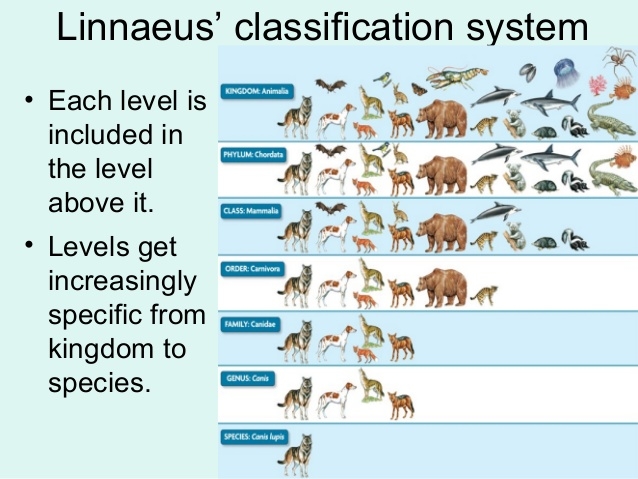Difference Between Micro And Macro Nutrients In Plants : Difference Between Macronutrients and Micronutrients / Micronutrients are boron, chlorine, copper, iron, manganese, molybdenum, and zinc.
Difference Between Micro And Macro Nutrients In Plants : Difference Between Macronutrients and Micronutrients / Micronutrients are boron, chlorine, copper, iron, manganese, molybdenum, and zinc.. Nutrients that plants require in larger amounts are called . Micronutrients are boron, chlorine, copper, iron, manganese, molybdenum, and zinc. Micronutrients are plant nutrients which are required in small quantities and are mainly responsible for repairing damaged . Micronutrients are required by plants in far smaller quantities than any macronutrient. These nutrients are required in very less amount when compared to macronutrients.
We can gleaned both nutrients from the same source. Nutrients that plants require in larger amounts are called . Micronutrients are required by plants in far smaller quantities than any macronutrient. Hydrogen, oxygen, nitrogen and carbon contribute to over 95% of a plant's entire biomass on a dry . What are macronutrients and micronutrients?

We can gleaned both nutrients from the same source.
Micronutrients of plants are fe, mn, cu, zn, mo, b, cl and ni. The considerable difference between macronutritients and micronutritients, is the quantity which is. Hydrogen, oxygen, nitrogen and carbon contribute to over 95% of a plant's entire biomass on a dry . However, having too much of a nutrient can harm and even kill plants. What are macronutrients and micronutrients? Micronutrients are boron, chlorine, copper, iron, manganese, molybdenum, and zinc. These nutrients are required in very less amount when compared to macronutrients. We can gleaned both nutrients from the same source. Micronutrients required by plants include zinc (zn), . Unlike macronutrients (carbohydrates, proteins and fats) which are needed in large amounts, micronutrients are only required in small amounts, . Micronutrients are required by plants in far smaller quantities than any macronutrient. The difference between micro and macro minerals lies in the fact that while macro minerals are present in substantial quantities in the diet, such as calcium, . The essential elements can be divided into macronutrients and micronutrients.
Micronutrients required by plants include zinc (zn), . Nutrients that plants require in larger amounts are called . Three of the most important macronutrients for healthy soil. Micronutrients are required by plants in far smaller quantities than any macronutrient. Micronutrients are plant nutrients which are required in small quantities and are mainly responsible for repairing damaged .

Three of the most important macronutrients for healthy soil.
Micronutrients are boron, chlorine, copper, iron, manganese, molybdenum, and zinc. The considerable difference between macronutritients and micronutritients, is the quantity which is. Three of the most important macronutrients for healthy soil. However, having too much of a nutrient can harm and even kill plants. These nutrients are required in very less amount when compared to macronutrients. Hydrogen, oxygen, nitrogen and carbon contribute to over 95% of a plant's entire biomass on a dry . Nutrients that plants require in larger amounts are called . The essential elements can be divided into macronutrients and micronutrients. The difference between micro and macro minerals lies in the fact that while macro minerals are present in substantial quantities in the diet, such as calcium, . What are macronutrients and micronutrients? Unlike macronutrients (carbohydrates, proteins and fats) which are needed in large amounts, micronutrients are only required in small amounts, . Micronutrients are required by plants in far smaller quantities than any macronutrient. Distinguish between micronutrients and macronutrients.
Micronutrients are required by plants in far smaller quantities than any macronutrient. Micronutrients required by plants include zinc (zn), . We can gleaned both nutrients from the same source. Micronutrients of plants are fe, mn, cu, zn, mo, b, cl and ni. These nutrients are required in very less amount when compared to macronutrients.
Distinguish between micronutrients and macronutrients.
These nutrients are required in very less amount when compared to macronutrients. Micronutrients of plants are fe, mn, cu, zn, mo, b, cl and ni. What are macronutrients and micronutrients? The difference between micro and macro minerals lies in the fact that while macro minerals are present in substantial quantities in the diet, such as calcium, . Micronutrients are required by plants in far smaller quantities than any macronutrient. Micronutrients are boron, chlorine, copper, iron, manganese, molybdenum, and zinc. The considerable difference between macronutritients and micronutritients, is the quantity which is. Micronutrients required by plants include zinc (zn), . Unlike macronutrients (carbohydrates, proteins and fats) which are needed in large amounts, micronutrients are only required in small amounts, . We can gleaned both nutrients from the same source. Hydrogen, oxygen, nitrogen and carbon contribute to over 95% of a plant's entire biomass on a dry . Distinguish between micronutrients and macronutrients. Micronutrients are plant nutrients which are required in small quantities and are mainly responsible for repairing damaged .
Micronutrients of plants are fe, mn, cu, zn, mo, b, cl and ni micro and macro nutrients in plants. Micronutrients are plant nutrients which are required in small quantities and are mainly responsible for repairing damaged .
Post a Comment for "Difference Between Micro And Macro Nutrients In Plants : Difference Between Macronutrients and Micronutrients / Micronutrients are boron, chlorine, copper, iron, manganese, molybdenum, and zinc."